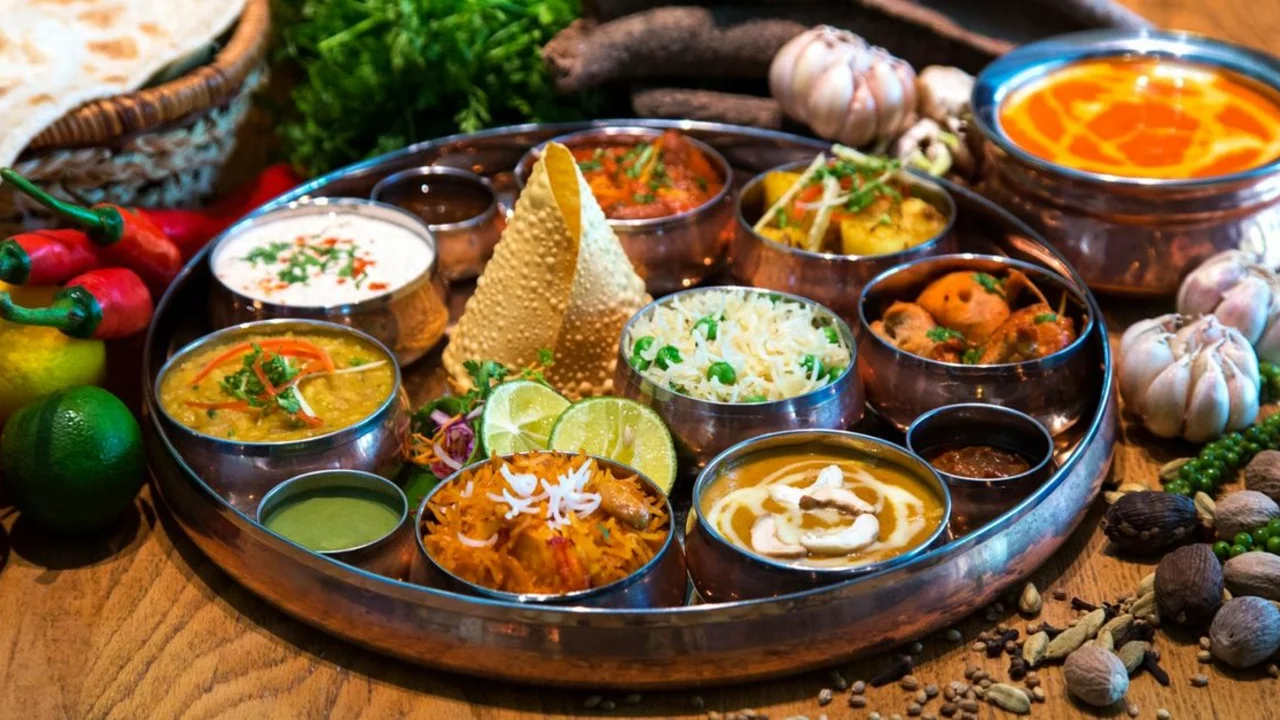Misconceptions about Indian Food
Let's tango, starting with a hot topic that many find bewildering, but at the same time intriguing: Indian food. Yes, you heard me right. I, Aarav, a proud Indian, am here to talk about why so many people consider Indian food as "pretty bad and nothing special." I should tell you right away that it's a misleading perception. What's more, it's a dangerous terrain to walk upon, but walk we must. How people perceive Indian food has its roots in two main factors: misconception and unfamiliarity.
People often picture Indian food as a handful of dishes like Butter Chicken, Naan, and Biryani. As much as I love these dishes, they are just the tip on the big and mighty iceberg known as Indian cuisine. An iceberg that melts on your tongue, leaving a burst of flavors that are as diverse as the Indian subcontinent itself. Indian food doesn't revolve around a stereotypical curry and rice, you know. It's a culinary journey through different cultures, regions, and traditions that stretch back for thousands of years. You probably won’t find this kind of culinary diversity in any other country in the world. Just like the different Indian languages, the food also changes almost every 100 kilometers.
The Art of the Indian Palate
Let's talk about what Indian food really is. It is an art form, a sensual experience that engages all our human senses. You see the vivid colors, you smell the tantalizing aromas, you touch the different textures, you hear the crunch, and then ultimately, you taste it. Every bite of Indian food tells a story, the story of an ancient culinary tradition that has been refined and perfected over centuries. It’s about time you join Aarav and plunge into that story.
Indian chefs have mastered the technique of layering flavors. It’s like a symphony orchestra playing in your mouth. Despite the large number of spices used, none of them overpower the other. In good Indian food, everything is in harmony. I must admit, that level of harmony is not something you get in a beginner’s kitchen. But when it's done right, it results in a gastronomic experience that leaves a lasting impression.
Behind the Heat: The Spices
“Too spicy” is the most common reason as to why people find Indian food disagreeable. But what if I told you it's all about understanding your spices and adjusting them to your taste? Not all Indian food will make you breathe steam like a dragon. Paradoxically, spices are also used to cool off - for example, coriander, turmeric, and fennel. Each Indian spice has its purpose and understanding their roles can make it less overwhelming.
Let me also tell you about my grandma. Grandma never had a degree in nutrition, yet she knew the antibacterial power of turmeric, the digestive properties of asafoetida, and the cooling effects of cilantro long before these became buzzwords in the West. Her remedies often worked like a charm and all thanks to the magic of Indian spices. So, trust me when I say, our food doesn’t merely tickle your taste buds but also contributes to your health.
Complexity in Simplicity – The Curry Conundrum
Indian food is a labyrinth of complex dishes, all stemming from the humble curry. Curry, to an Indian, is not so much a dish but a way of cooking. It is not a particular collection of spices or a singular recipe. It can be a vegetable stew, a meat gravy, a yogurt-based dish, or even a lentil soup.
Even though the concept of curry is simple, it has been stereotyped and oversimplified in western perception, often made synonymous with spicy gravy. But in reality, it's so much more. Learning to understand curry is like learning a new dialect. A dialect that speaks the beautiful, complex language of Indian cuisine. So next time you indulge in a "curry," remember, there is more to it than meets the eye.
Embrace the Unfamiliar - Making Friends with Indian Cuisine
From my own experience, people find Indian food undesirable primarily because it's unfamiliar. The first time I tasted the sourness of Kimchi or the slurpyness of Ramen, it didn't sit well with my palate. Over time, I grew to love them. As humans, we are naturally defensive against new tastes, but we also have the capacity to enjoy and embrace them.
Given Indian food's vast repertoire, it's unlikely that everyone would like everything. And that's perfectly okay. Even I cringe at some regional Indian food. But the beauty of Indian food lies in its variety. If you don't like something, there's always something else waiting to be discovered. Indian food is like a treasure chest. You have to rummage through to find the gems that suit your taste.
As Aarav, I encourage you to step outside your comfort zone, experiment with new flavors, and embark on a culinary journey through the heart of India. Over time, you’ll realize that Indian food isn't "pretty bad and nothing special," but quite opposite – it's a profound and unique gastronomical adventure that is waiting to unfold. Bon Appétit!
